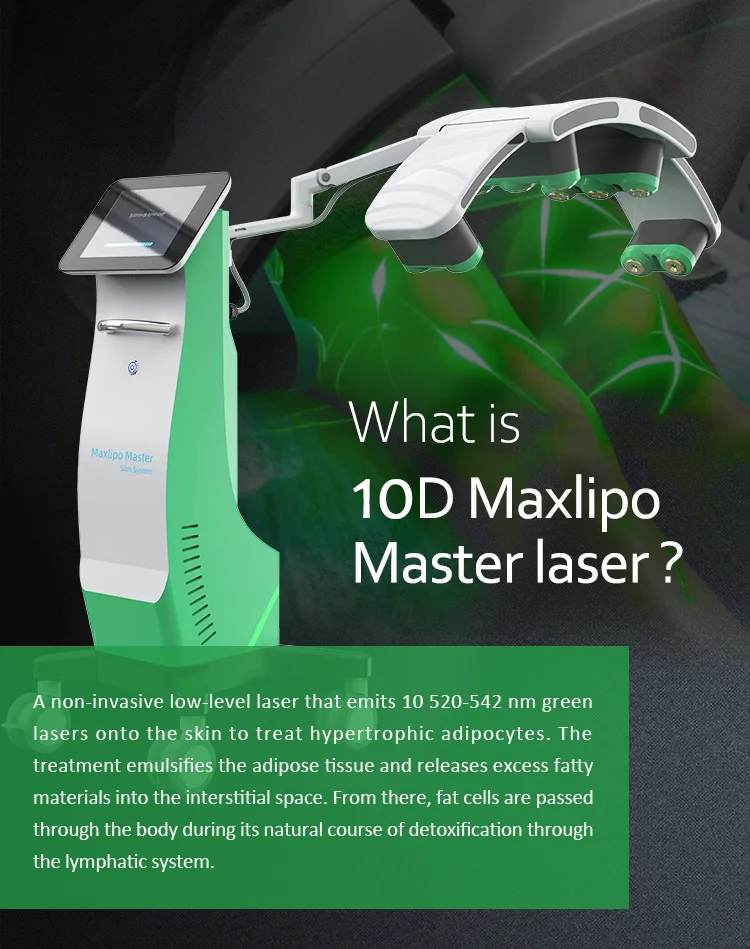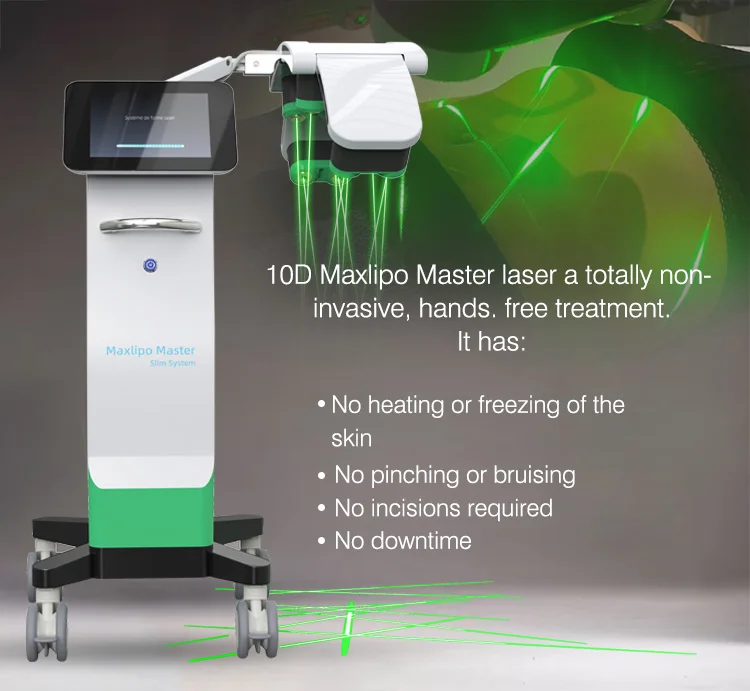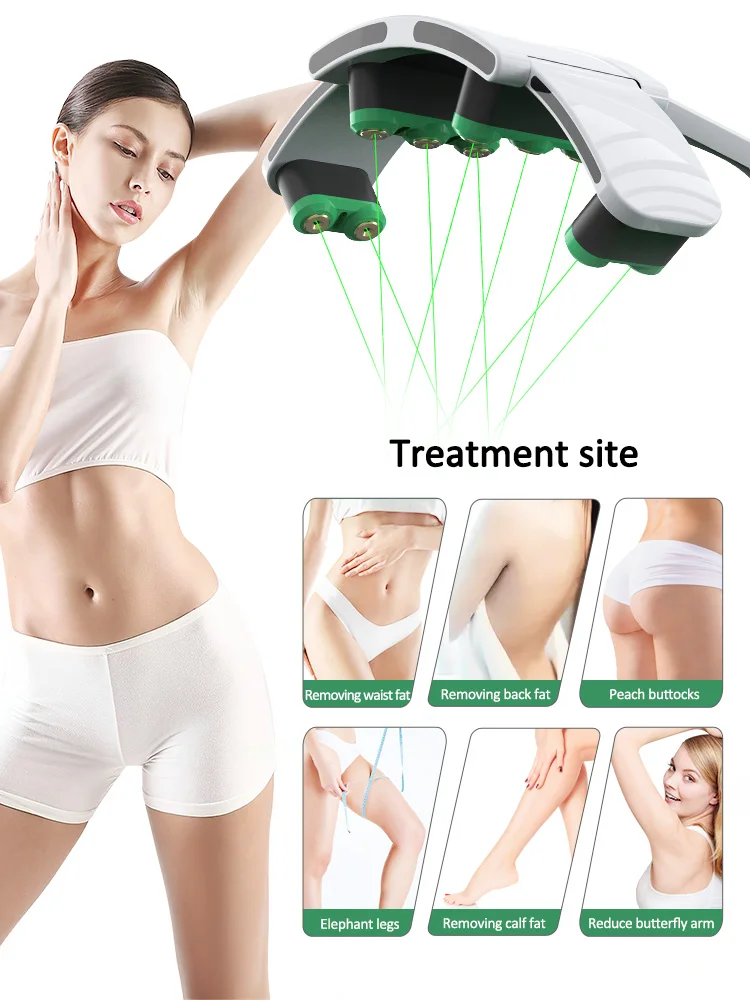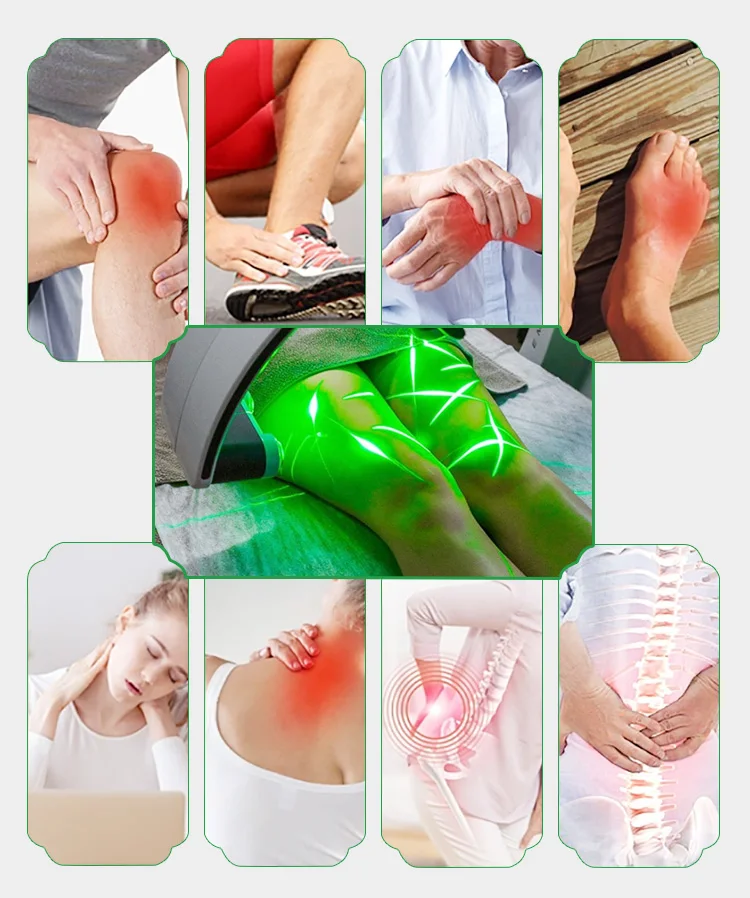The pursuit of a sculpted, svelte physique is a longstanding aesthetic goal for many. While exercise and diet are pillars of a healthy lifestyle, stubborn pockets of fat often refuse to yield to these traditional methods. Enter, laser liposuction – a cutting-edge body contouring technique that offers a precision-focused approach to fat reduction. In this in-depth guide, we demystify the process of how laser lipo is administered, explore the science behind its efficacy, break down the ideal candidate profile, discuss the comparison with other popular body contouring methods, shed light on the recovery and results timeline, and provide essential information on cost, benefits, risks, and expert advice.
The Rise of Laser Liposuction: An Overview
Laser liposuction, also known as laser-assisted lipolysis or laser lipo, has generated considerable buzz in the beauty and wellness industry. Unlike traditional liposuction that uses suction to extract fat, laser lipo harnesses the power of energy-emitting lasers to liquefy fat cells, providing a potentially less invasive approach to body sculpting.
A Brief History of Laser Lipo
The concept of using laser energy for liposuction dates back to the late 1990s, with early procedures involving the application of low-level laser therapy to facilitate fat breakdown. Over the years, advancements in technology and medical research have led to the development of more powerful devices with increased precision.
Laser Lipo vs. Traditional Liposuction
The primary difference between laser lipo and traditional liposuction lies in the fat removal process. Traditional liposuction involves the use of a cannula to manually break up fat cells before suctioning them out. Laser lipo, on the other hand, uses focused laser energy to target and dissolve fat, which is then either naturally expelled by the body or removed via a small incision.
The Science Behind Laser Lipo
Understanding the mechanisms of laser lipo illuminates why it has become a popular option for individuals seeking to refine their contours.
The Physics of Laser Energy
Laser lipo devices employ specific wavelengths of laser light, capable of penetrating the skin and targeting adipose tissue. These focused beams cause the fat cells to release their contents, which are then metabolized or eliminated through the body's lymphatic system.
The Role of Adipose Cells
Adipose cells, commonly known as fat cells, are the primary targets of laser lipo. When the laser energy interacts with these cells, it triggers a process known as lipolysis, leading to the breakdown of their structure and the release of stored triglycerides, effectively 'melting' the fat.
The Procedure: Step-by-Step Guide to Laser Lipo
For those considering laser lipo, understanding the treatment process from start to finish is essential.
Consultation and Planning
The initial step involves a consultation with a qualified practitioner, where the patient's goals and medical history are reviewed. The treatment plan is then tailored to the individual, considering the areas to be treated and the number of sessions required.
Preparing for the Procedure
Before the procedure, patients may be advised to refrain from taking certain medications and to limit food and drink intake. Hydration and maintaining a healthy diet can support the body's natural detoxification processes post-treatment.
The Laser Lipo Session
During the treatment, the practitioner uses a thin, flexible tube with a laser fiber to deliver energy directly to the fat layers. It is common to apply local anesthesia in the target areas before the insertion of the laser probe. The procedure itself can take from one to several hours, depending on the size and number of areas treated.
Post-Treatment Care
Following the session, patients can expect to wear compression garments to minimize swelling and support the body's new contours. Mild discomfort, bruising, and swelling are typical and should subside within a few days.
Who Is a Good Candidate for Laser Lipo?
Determining if laser lipo is the right choice depends on various factors, including physical health and realistic expectations.
Ideal Candidate Profile
Candidates for laser lipo are typically within or close to their ideal weight range, have good skin elasticity, and are seeking to address localized fat deposits. The procedure is not a weight-loss solution but rather a means to enhance body contours.
Safety and Contraindications
Individuals with certain health conditions, such as blood clotting disorders, or those with unrealistic expectations about the results are not suitable candidates. A thorough discussion with a medical professional can help assess candidacy.
Comparing Laser Lipo to Other Body Contouring Techniques
Laser lipo is one of several options for body sculpting, each with its own strengths and considerations.
Traditional Liposuction
While traditional liposuction is more invasive, it may be the preferred choice for those requiring more substantial fat removal or for multiple areas treated in one session.
CoolSculpting and Non-Invasive Techniques
CoolSculpting, or cryolipolysis, is a non-invasive procedure that freezes fat cells, causing them to die off and be naturally eliminated by the body. Non-invasive techniques often have less downtime but may require multiple sessions to achieve desired results.
Benefits and Risks of Laser Lipo
A balanced understanding of what laser lipo offers, along with its potential risks, is crucial for informed decision-making.
Advantages of Laser Lipo
Some key benefits of laser lipo include smaller incisions, reduced bruising, and quicker recovery times compared to traditional liposuction. It also offers the advantage of skin tightening, a side effect of the collagen stimulation triggered by the laser energy.
Potential Risks and Side Effects
Despite its advantages, laser lipo is not without potential risks. Complications may include infection, burns, or changes in skin pigmentation. Choosing a certified professional and following post-procedure instructions can mitigate these risks.
Post-Procedure Recovery and Results
Post-treatment care and realistic expectations play a critical role in patient satisfaction with the results of laser lipo.
Recovery Timeline
Most patients can resume light activities within a few days after the procedure. It can take several weeks for swelling to completely subside and several months to see final results as the body naturally eliminates the treated fat.
Long-Term Results
Adherence to a healthy lifestyle, including regular exercise and a balanced diet, is essential for maintaining the results. Laser lipo can jump-start weight loss efforts and provide motivational support for those committed to ongoing wellness.
Cost and Considerations
The financial aspect of laser lipo is a significant factor for many prospective patients.
Pricing and Influencing Factors
The cost of laser lipo can vary widely depending on the geographic location, the reputation and experience of the provider, and the number of areas to be treated. It is important to obtain several quotes and to inquire about package deals or financing options.
Insurance Coverage
Laser lipo is typically considered a cosmetic procedure and is not covered by insurance. However, some providers may offer financing plans to make the treatment more accessible.
Expert Roundup and FAQs
To provide a well-rounded view, tapping into the knowledge and experience of industry professionals and individuals who have undergone laser lipo is invaluable.
Insights from Professionals
Quotes and perspectives from medical professionals on the safety and efficacy of laser lipo can offer authoritative guidance.
Addressing Common Questions
From pain levels to recovery times, addressing FAQs can help alleviate concerns and set realistic expectations for those considering laser lipo.
Conclusion and Call to Action
In conclusion, laser lipo is a promising method for targeted fat reduction, offering many potential benefits to individuals looking to enhance their appearance and confidence. For those considering the procedure, a consultation with a qualified practitioner is the first step towards a thorough assessment of the suitability and personalized treatment planning. Recognizing the need for a healthy lifestyle alongside any body contouring method is paramount for sustained well-being and results.
For beauty enthusiasts, wellness seekers, and those in the medical profession, staying informed about the latest developments in the industry is a continuous process. Whether you are curious about the procedure or ready to take the next step, consulting with local clinics or wellness centers can provide the tailored information you need to make an educated decision. Your body, your health, and your choices are paramount – make them wisely and with the care they deserve.






